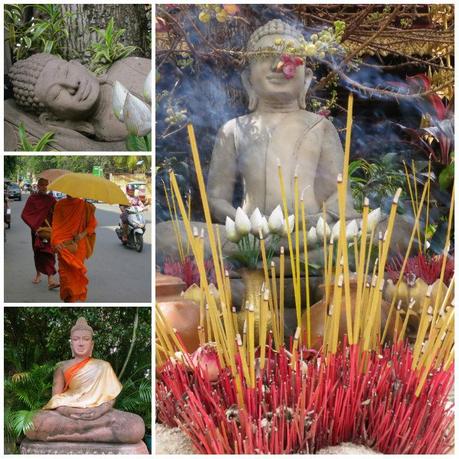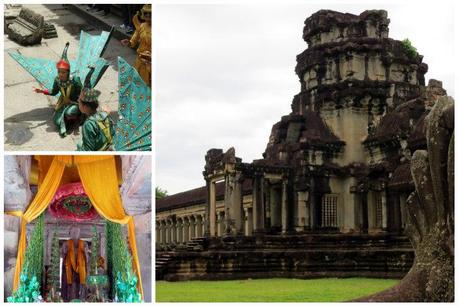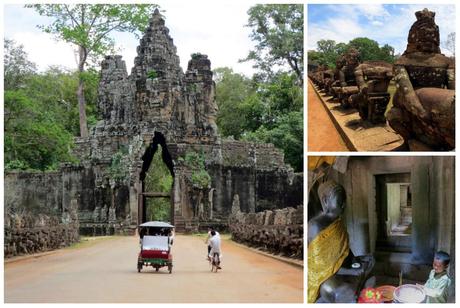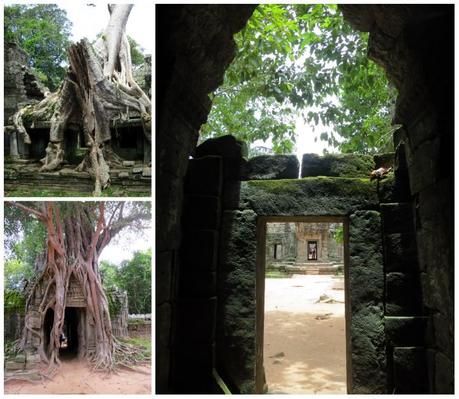For most tourists, Cambodia is a tale of two cities. There is the laid back beauty of Siem Reap, with the backpacking, the bars and the rich archaeological ruins that are all that remains of the old Angkor Kingdom and then there is Phnom Penh. The buildings are higher, the traffic is faster and the mood is for the most tourists far more somber. These two places offer very different experiences, but combined, Cambodia’s Ying and Yang gives an interesting insight into the history of this region.

The palaces and temples of Phnom Penh offer a glimpse of the countries past.
Like Poland following the Second World War, many of the tourism sites of Phnom Penh are famous for all of the wrong reasons. A trip to Phnom Penh is incomplete without a visit to the “Killing Fields” of Choeung Ek and the Genocide Museum. Neither site will leave you with a smile on your face and the sight of so many skulls certainly left me thinking about humanities darker side.

Cambodia remains a strongly Buddhist country and robed priests are a common site on the streets of Phnom Penh.
It is a shame that Phom Penh has such a dark reputation, because the city has a relaxed atmosphere. The temples and palaces are the equal anything you will see in Bangkok. Phnom Penh is also one of the few cities in Asia that is actually pedestrian friendly. There are monks strolling along the wide boulevards and every evening families head out to enjoy the cool breeze and large parks on the banks of the Mekong. Yet though the city remains relaxed, Phnom Penh and its skyline is changing rapidly as the country continues to develop.

A Cambodian cowboy spends a lazy day under a tree.
There is nothing somber about Siem Reap. By day tourists cycle along the cities streets and tuk-tuks weave in and out of the traffic. Some drivers simply lounge lazily on the sidewalks waiting for business. It is a quiet city, with no high rises, which adds to the feeling of relaxation you get the moment you arrive.

Despite being a ruin, Angkor Wat is full of color.
Of course, Siem Reap is most famous for the ruins that surround the city. On arrival, most people head straight out to the complex of temples and palaces that are all that remains of the Angkor kingdom. These tours almost always start with Angkor Wat.

Some of the temples look like they have come staight off of the set of Indiana Jones.

Some of the ruins are now overgrown with trees.
Despite it’s fame, I don’t think Angkor Wat is the most interesting ruin to explore. Some of the smaller and less famous temples and palaces, which are now overgrown with trees, are far more enchanting than Angkor Wat. Despite the rich history within a stones throw of Siem Reap, you might find that after three days of exploring temples you will have overdosed on majestic ruins. I only managed to see a fraction of the temples around Siem Reap before I overdosed. Luckily, the great nightlife is the perfect antidote to a large overdose of history.

Children play on the stps of one of the temples around Siem Reap.
